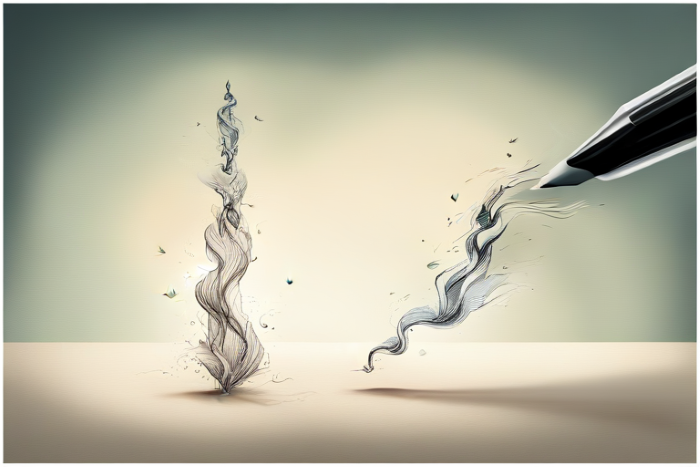Drawing encompasses a wide range of styles and techniques. As a beginner, it can be difficult to know where to start. The good news is that experimenting with different approaches is an excellent way to discover your preferences and strengths as an artist. This article explores various techniques to try as you develop your own unique drawing style.
Getting Started
When getting started, focus on your fundamentals. Learn about line quality, shading, perspective, proportions, and composition. Once you have a solid base understanding, you can start expanding your skills with new techniques. Investing in some of the best books for learning to draw is also hugely valuable for self-guided learning. Find the top drawing books for beginners here.
Playing with Mediums
One of the most direct ways to vary your style is by using different drawing tools. If you tend to use just graphite pencils, expand into charcoal, coloured pencils, pen and ink, or pastels. Pay attention to how the mediums handle, and what effects you can achieve. Charcoal offers rich blacks and smudging capabilities. Coloured pencils layer well for intensity. Pens encourage decisive lines. Get comfortable with each medium’s characteristics through still life studies and doodling.
Trying Alternative Surfaces
Along with using new mediums, draw on different surfaces too. Move from sketchbook paper to hot press boards, cold press paper, toned paper, newsprint, canvas, or illustration board. See how the texture impacts your marks with different mediums. Smooth Bristol allows precise ink lines. Soft newsprint is wonderful for large scale charcoal life drawing sessions. Canvas can add an interesting visual texture beneath coloured pencil.
Studying Genres and Techniques
Look into specific artistic styles and techniques to dramatically vary what your drawings look like. For example, learn hatching, contours, urban sketching, cartooning, abstraction, or realism focused approaches. Study how the masters of each genre handle mediums, simplify forms, utilise negative space, compose scenes, etc. Gather inspiration from art books or online images, select a technique, then experiment through practice studies.
Expanding Subject Matter
To further develop your artistic voice, consciously choose new subject matter. We often default to redrawing the same objects over and over. Try to notice intriguing textures, interesting architecture, plant life, people in motion, macro details, lighting conditions, etc in your day-to-day environment. Sketching on location connects you deeply with your subject too. Reference unique photos if you are unable to draw real life subjects.
Having Fun!
As you test out new styles, keep the focus on having fun versus judging your drawings as good or bad. Not every piece will be a masterpiece. Reframe “mistakes” as opportunities to learn. Set small goals and celebrate little wins in your sketchbook, rather than worrying about perfectly polished portfolio work. Developing a style is a journey. Relax knowing that through ongoing experimentation, your strengths and preferences will naturally emerge over time.
Whether you are a hobbyist getting started in drawing or a seasoned artist hoping to expand your skills, experimenting with new mediums, surfaces, techniques and subject matter will help you grow tremendously.


